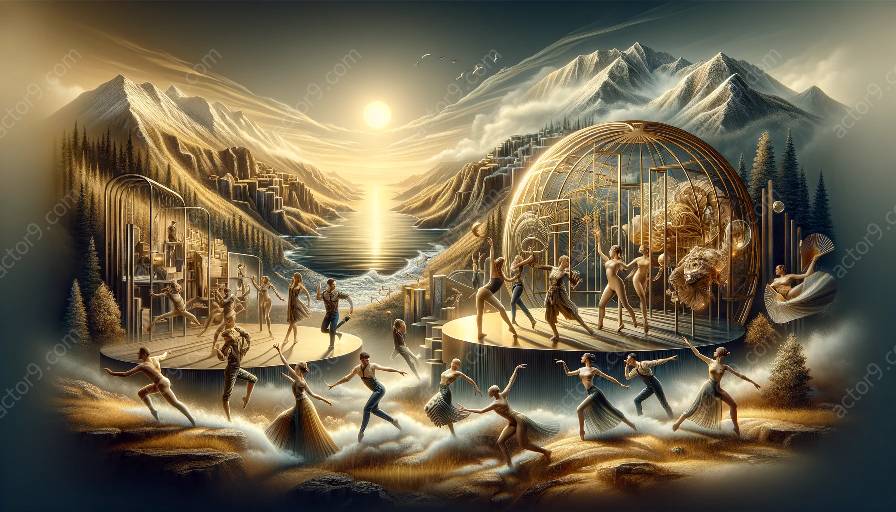Physical storytelling is a captivating art form that brings stories to life through movement, gesture, and expression. It is a powerful technique that has been used for centuries to convey emotions, narratives, and ideas without relying on verbal communication. In the context of physical theatre, physical storytelling techniques play a central role in shaping performances and engaging audiences.
Understanding Physical Theatre and its Connection to Physical Storytelling
Physical theatre is a form of performance that emphasizes the use of the body as the primary tool for communication. It combines elements of dance, mime, and dramatic movements to create compelling narratives and evoke powerful emotions. Physical storytelling techniques serve as the building blocks of physical theatre, allowing performers to convey complex ideas and narratives through physicality and movement.
The Impact of Physical Storytelling Techniques
Physical storytelling techniques have a profound impact on the audience, as they transcend language barriers and cultural boundaries. Through the use of body language, facial expressions, and spatial awareness, performers can create immersive and compelling experiences for their audience. These techniques heighten the emotional and sensory engagement of the audience, making the performance more impactful and memorable.
Physical storytelling techniques also enable performers to convey abstract concepts and emotions that may be challenging to express through verbal communication alone. By harnessing the power of physicality, performers can create a visceral connection with the audience, eliciting a deeper understanding and emotional resonance.
Exploring Physical Storytelling Techniques in Practice
There are various physical storytelling techniques that performers can employ to enhance their theatrical performances:
- Gesture and Movement: Utilizing expressive and purposeful movements to convey emotions, actions, and ideas.
- Body Language: Mastering the art of communicating through posture, facial expressions, and non-verbal cues.
- Spatial Awareness: Understanding the use of physical space and direction to create impactful scenes and interactions.
- Rhythmic and Dynamic Patterning: Incorporating rhythm and dynamics into movements to add depth and intensity to performances.
- Physical Characterization: Transforming the body to embody different characters and personas through physicality and mannerisms.
By integrating these techniques into their performances, actors and performers can elevate their storytelling capabilities, creating compelling and immersive experiences for their audience.
Embracing the Art of Physical Storytelling
Physical storytelling techniques are fundamental to the art of physical theatre, as they enable performers to transcend the limitations of verbal communication and delve into the depths of human expression and emotion. Through the mastery of physical storytelling techniques, performers can create unforgettable and impactful performances that leave a lasting impression on their audience.
Whether it's through the subtle nuances of gesture or the grandiose movements that captivate an entire audience, physical storytelling techniques hold the power to immerse, inspire, and connect individuals through the universal language of the body.




































